March is one of the most beautiful times of the year to visit Japan thanks to the beautiful natural areas, spring festivals, and mild weather. However, knowing what to expect can help you to ensure you make the most of your experience.
In this article, we will be taking you through everything you need to know about visiting Japan in March. We will cover everything from what to pack, what items to bring and what to expect in terms of the weather.
Planning a trip to Japan
If you are planning a trip to Japan then considering what time of year you want to visit will have a significant impact on your trip.
For example, Japan has very diverse weather conditions that change drastically not only throughout the year but also depending on the region that you want to visit.

However, due to the abundance of opportunities for a variety of experiences many people choose to visit Japan during March.
This allows you to experience snow, the blooming of the cherry blossoms as well as a number of fun celebrations.
So, if you’re looking to head to Japan in March, keep reading to find out everything you need to know about planning your trip.

What should I pack for my trip?
When it comes to packing for your trip what you will need will depend on your activities and which region of Japan you are planning on traveling to.
Cold weather
For example, March is a fantastic time to go skiing in Japan. Up in the mountains, there is still a lot of snow but this month is typically quieter than the New Year or winter period.
This means that you can spend more time skiing, snowboarding, or playing in the snow without needing to wait in long lines.
If this is the Japanese holiday day for you then obviously you are going to need to pack ski-appropriate clothing. This can include items such as coveralls, thermal base layers, wool socks, a helmet, a ski jacket, etc.
If you are planning on renting your equipment then obviously this will make your packing a lot easier.
However, if you are taking your own equipment with you then you will need to ensure that you have purchased the proper luggage and insurance for your items.
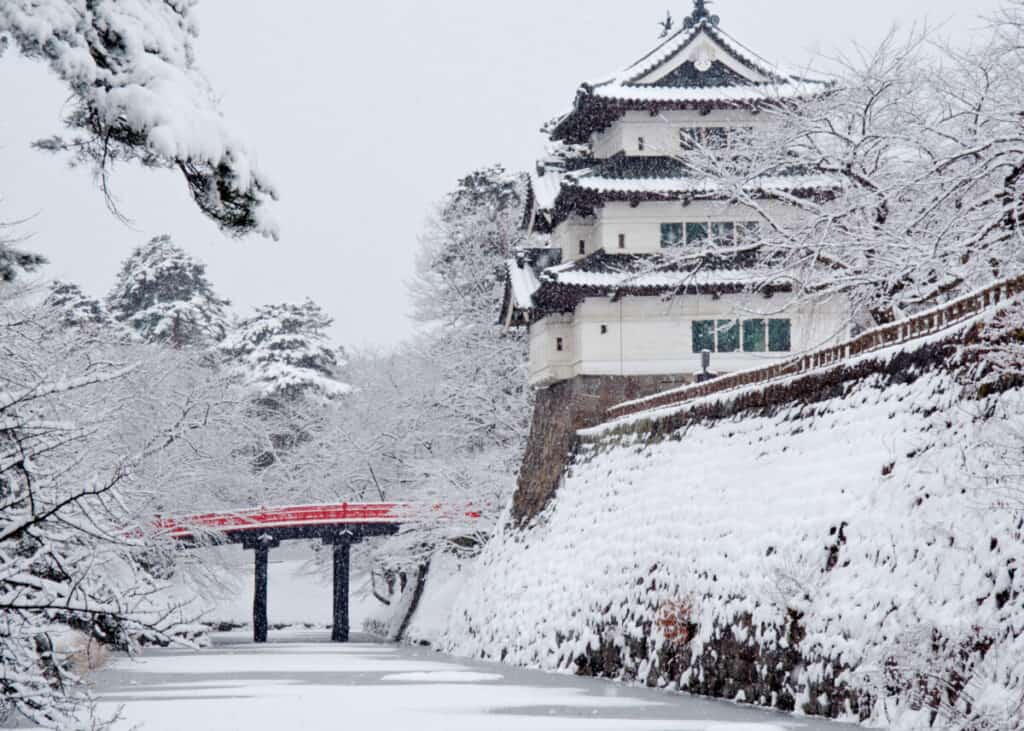
Mild weather
If you are not heading into the mountains and are heading into a city, such as Tokyo, then March is a much milder month and the arrival of spring is much more apparent.
Although the average temperature in Tokyo is rather pleasant, note that it can drop suddenly, so you will still need to pack a few warmer pieces of clothing and perhaps a warm coat for the evenings.
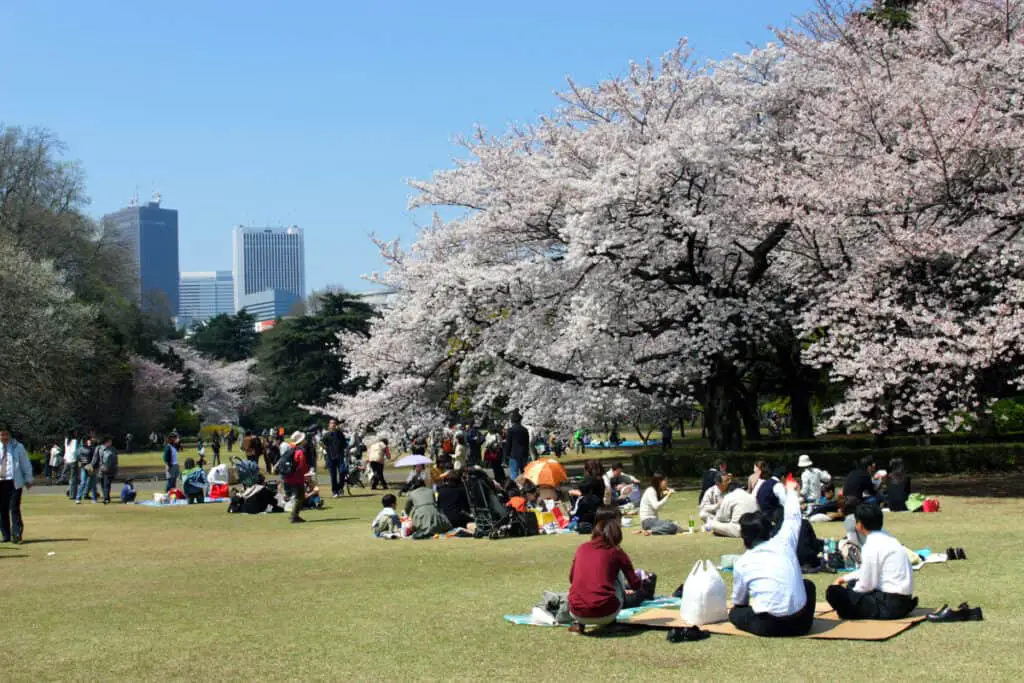
The best thing that you can do is to pack layers that are lightweight enough that you can carry them around with you during the day.
This will allow you to put on or take off layers as and when needed to ensure that you are not too hot or too cold.
If you are spending the day sightseeing and plan on exploring the city into the night this is the best way to make sure that your trip is as enjoyable as possible and is not ruined by the sudden drop in temperature at night.
Packing a backpack to take with you in the day is a good way of carrying everything around with you.
Warm weather
However, there are also some areas of Japan that may be warmer than you might expect for Japan in March. These areas include Okinawa and Fukuoka.
If you are heading to these parts of Japan then remember to pack clothes that are more appropriate for summers such as shorts and sunscreen.
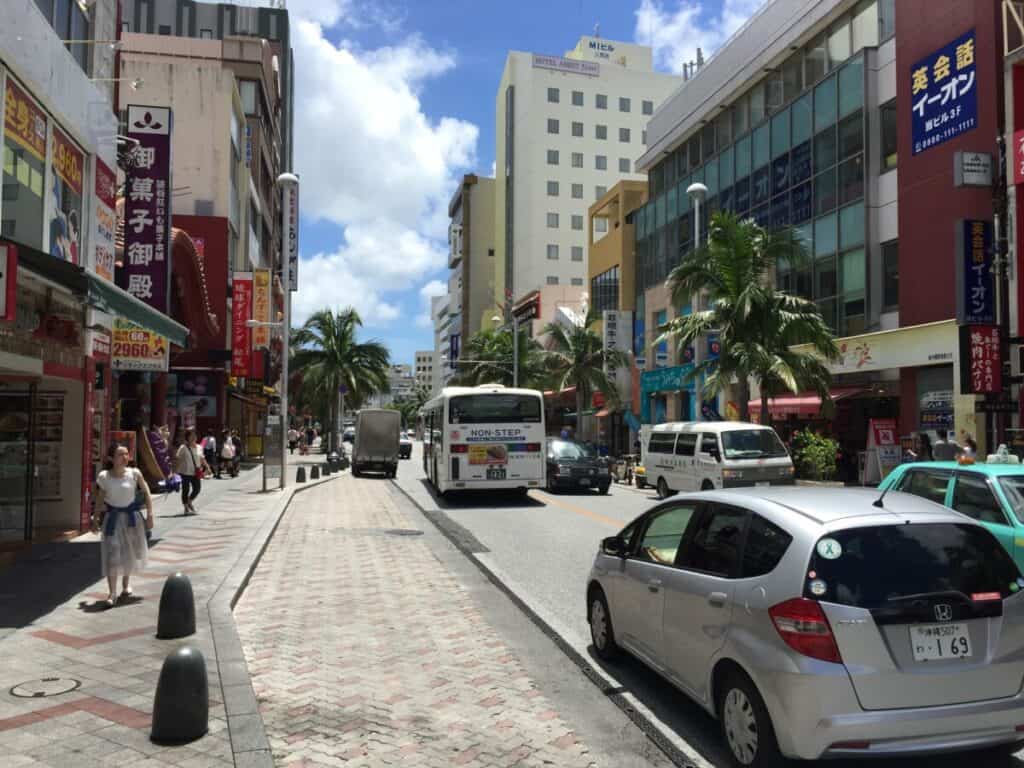
Travelling to the different parts of Japan in March
Here we will give you a quick overview of the different parts of Japan during the month of March. Here you can find information about the best things to see and do in the area as well as the average temperature and expected rainfall.
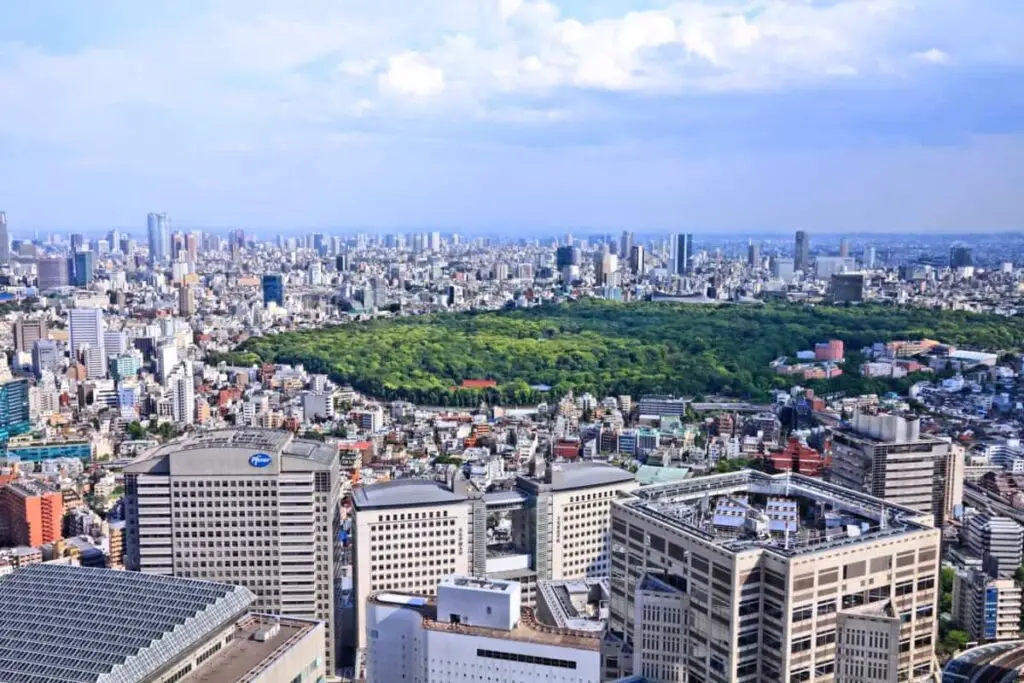
Tokyo
If you are heading to Tokyo then you may want to consider the following information when packing for your trip and planning your excursions:
- Temperatures are between 5 and 12 degrees Celsius (41 and 54 degrees Fahrenheit)
- There are about 6 hours of sunshine every day
- The average rainfall is 3 inches (77mm) and falls for an average of 11 days
Tokyo is particularly popular in March as this is the month when most of the cherry blossom trees begin to bloom.
If you are looking to avoid the crowds, but would still like to see the cherry blossoms then consider traveling to another region or visiting Tokyo at the end of February or the beginning of April.
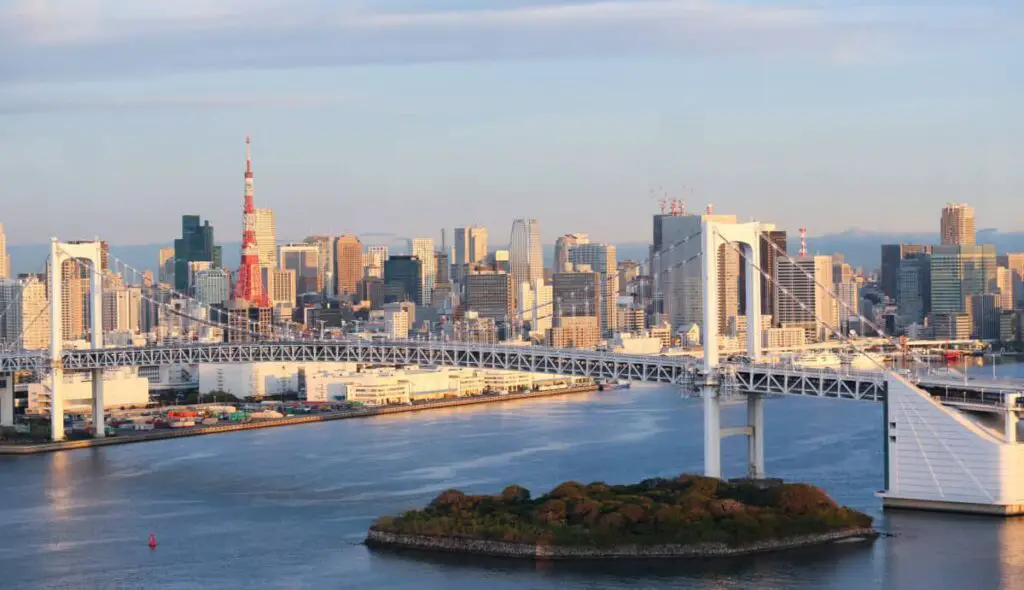
For the cherry blossoms head to Shinjuku Gyoen as this is one of the best viewing spots in Tokyo. The park has a very quiet atmosphere and is a great place to enjoy a picnic if you happen to catch a day without any rain.
If you are looking for a slightly more lively atmosphere then consider going to Yoyogi Park which is home to over 700 cherry blossom trees. This park is particularly popular with the locals and can get rather crowded on the weekend.
Osaka
If you are heading to Osaka then you may want to consider the following information when packing for your trip and planning your excursions:
- Temperatures are between 5 and 14 degrees Celsius (41 and 57 degrees Fahrenheit)
- There are about 5 hours of sunlight every day
- The average rainfall is 4 inches (104mm) and falls for an average of 10 days
If you are looking for a place to see the cherry blossoms and do not fancy a trip to the big city of Tokyo then Osaka is a great option. In fact, Osaka is one of the best places in Japan for cherry blossom viewing.
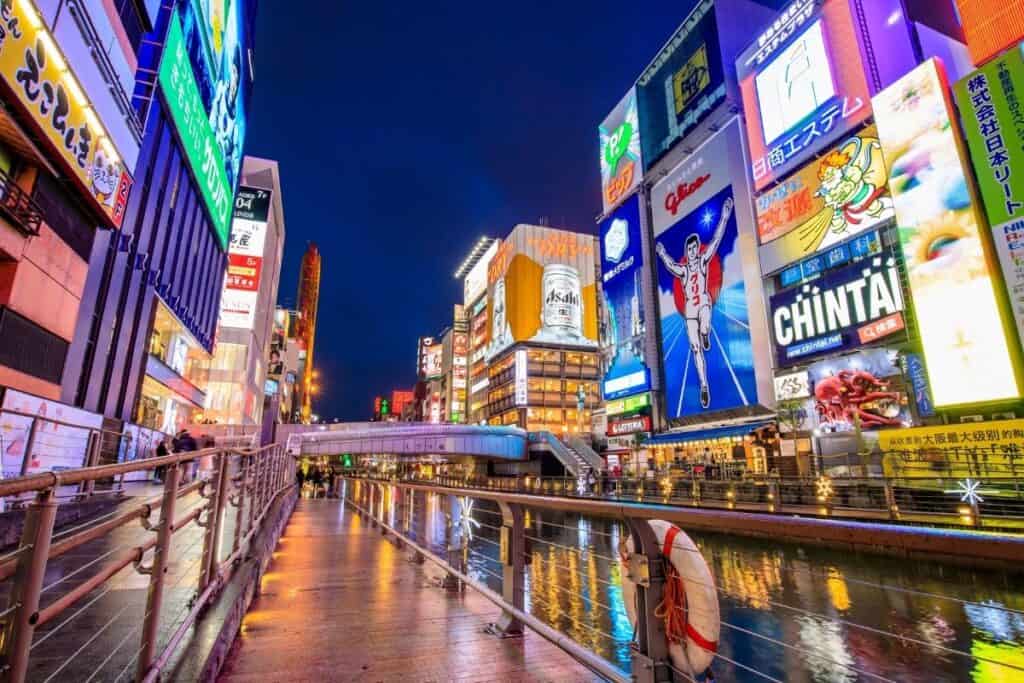
If you are into photography then consider making your way to Osaka castle park where there is an abundance of opportunities for photographs with over 4000 cherry trees.
This is a popular spot for friends and families to sit under the sakura trees and enjoy a picnic.
However, much like with Tokyo the unexpected weather conditions mean that you should always have an umbrella or poncho of some sort with you just in case it begins to rain.
Kyoto
If you are heading to Kyoto then you may want to consider the following information when packing for your trip and planning your excursions:
- Temperatures are between 4 and 13 degrees Celsius (39 and 55 degrees Fahrenheit)
- There are about 5 hours of sunlight every day
- The average rainfall is 4.5 inches (113mm) and falls for an average of 12 days
Kyoto is another great spot for seeing the cherry blossoms bloom, but the weather here is slightly wetter than in Tokyo or Osaka.
Maruyama Park is the best spot for cherry blossoms and has 680 trees which are illuminated from the middle of March until the middle of April from sunset until midnight.
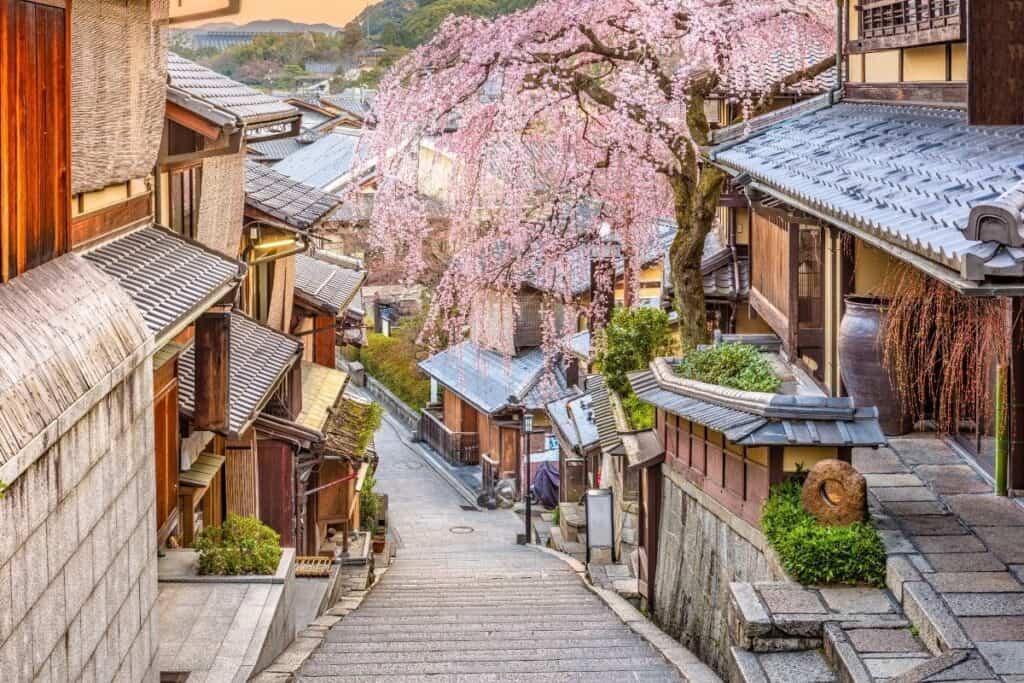
Although you may be comfortable without a jacket during the day, note that the temperature quickly falls once the sunsets. So, if you are planning on spending time outside after dark then make sure to pack a warm jacket or light coat.
Hiroshima
If you are heading to Hiroshima then you may want to consider the following information when packing for your trip and planning your excursions:
- Temperatures are between 5 and 14 degrees Celsius (41 and 57 degrees Fahrenheit)
- There are about 5 hours of sunlight every day
- The average rainfall is 5 inches (124mm) and falls for an average of 18 days
If you are planning on heading to Hiroshima in March then remember to pack an umbrella and coat. The weather here is noticeably damper and cooler than in many other cities in Japan.
However, some days can still be mild and pleasant, so do not only pack winter items.
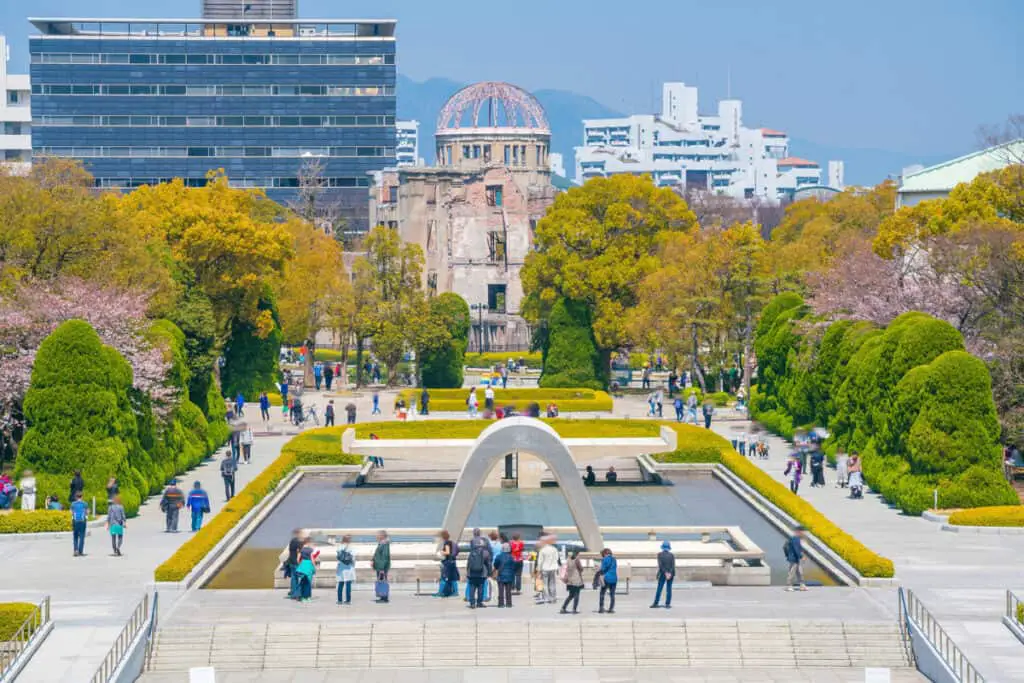
Packing light jackets and layers is the best way to ensure that you are comfortable on your trip to Hiroshima.
If you are looking for where to head in Hiroshima make your way to Miyajima which is world-famous for its floating tori gate. Around the shrine you will find 1300 cherry blossom trees, making it quite a sight to behold.










